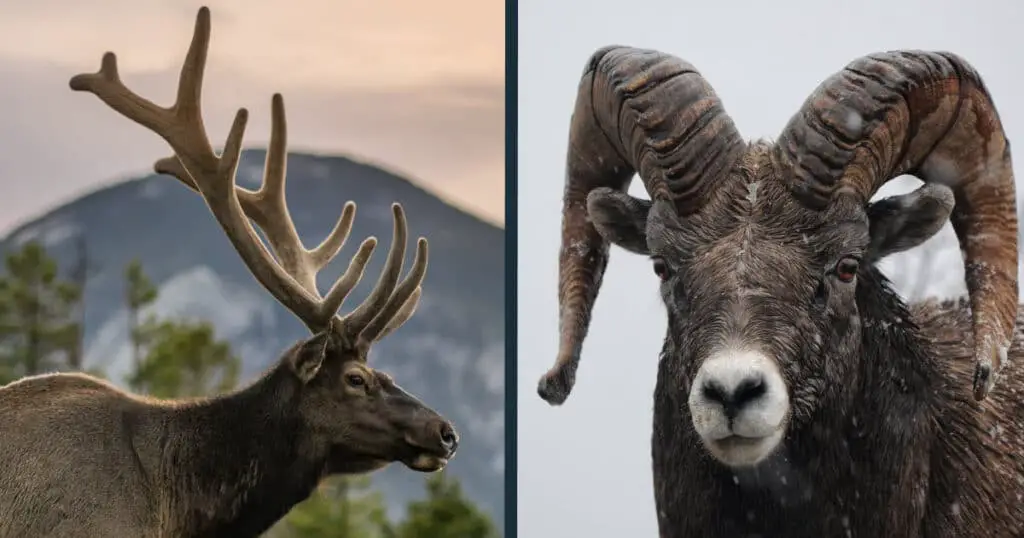If you’re like most, then you probably aren’t too focused on animal anatomy and its terminology. But just like in humans, titles are important … and it’s important to get them right. A common misuse of titles is the interchangeable use of antlers and horns when describing the impressive and functional head decor in animals. But there are actually a couple of distinct features between the two. Once you see them, they’re hard to miss. Here, we will be taking a deep dive and comparing antler vs horn differences to highlight what separates the two.
We’ll look at which animals have horns, which animals have antlers, what each is made of, and other key functional and aesthetic differences between antlers and horns.
Comparing Horns and Antlers
Table of Contents
ToggleWhat Are Antlers?
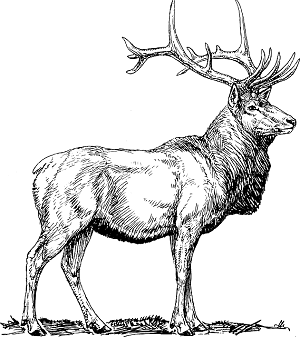
Antlers are only present in male cervids. Cervids are all animals classified under the deer species. This includes caribou, elk, and moose. Antlers grow to be different sizes but still sport a distinct branched figure. Antlers grow larger in some species than in others, and are shed and re-grown every year.
What Are Horns?
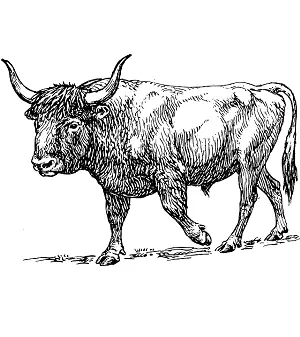
Horns, on the other hand, are only present in members of the Bovidae family. This includes animals such as cows, antelope, goat, water buffalo, and other cloven-hoofed animals. Unlike antlers, horns can be grown in both male and females depending on the species, and tend to take on different shapes.
Similarities Between Antlers and Horns
While antlers and horns are different, they do have some similarities, and we’ll list those here:
- With both antlers and horns, they are grown as an extension of the animal’s skull.
- They both also follow a growth process as part of an animal’s life cycle.
- And, finally, both horns and antlers are often used as a display of strength and dominance among males.
Diference Between Antlers and Horns
While the similarities between horns and antlers are often enough to make some people confuse the two, there are more differences which make them very distinct from one another.
Growth, material, and purpose, are a few of the key differences between antlers and horns.
Let’s take a closer look at these distinctions.
Timing
The key difference between horns and antlers is the timing of their development.
Antlers are only present during mating season, in their full form at least. Animals with antlers shed their antlers every year or they are broken off during mating season spars.
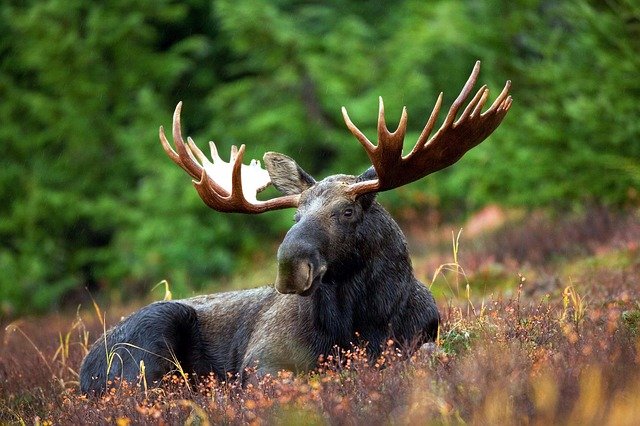
Either way, they are only present in their best form, for a few months a year. That’s why deer species with larger antlers are seen as superior, often taking over breeding rights.
Horns, on the other hand, are there for life once grown. They start growing on the animal from the moment they are conceived until they die.
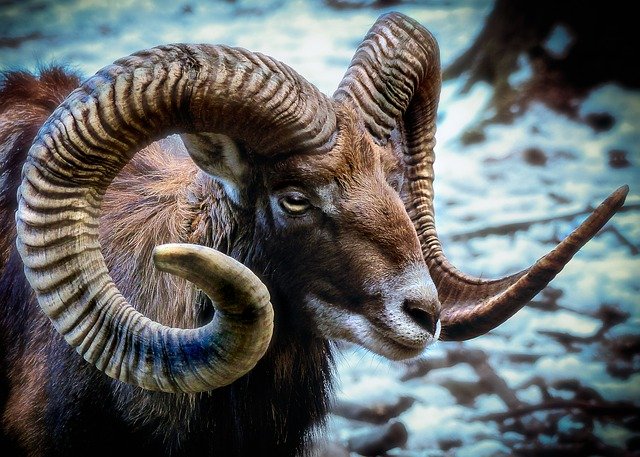
Generally, older animals will have longer horns. If they break off, or are chipped, they will grow back eventually over time.
Purpose
As mentioned above, antlers are primarily used for breeding rights and mating purposes. Every year, around late summer and fall, male deer will take part in the rutting season, wherein they spar for breeding rights over the herd. Antlers are often broken off in this process. And since they are shed afterwards anyways, there would be no other purpose for deer to have them.
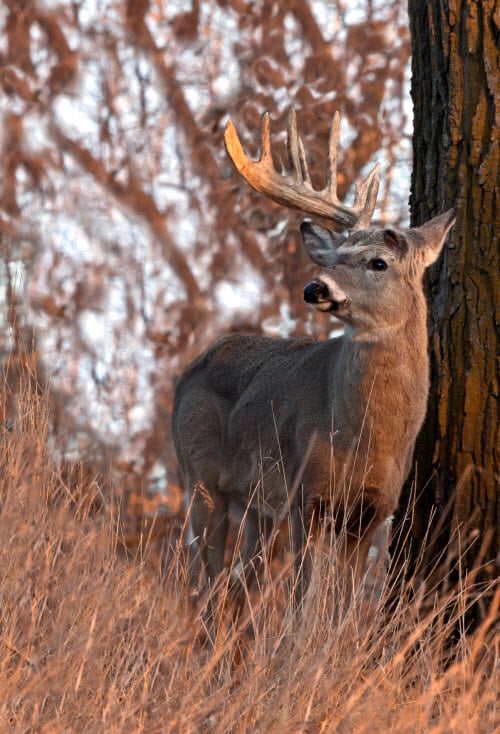
Horns can also be used to show strength, dominance, and force, in the same way antlers are. But since they are present all year long, they are used more often to fight for territorial rights and not solely breeding rights like with antlers.
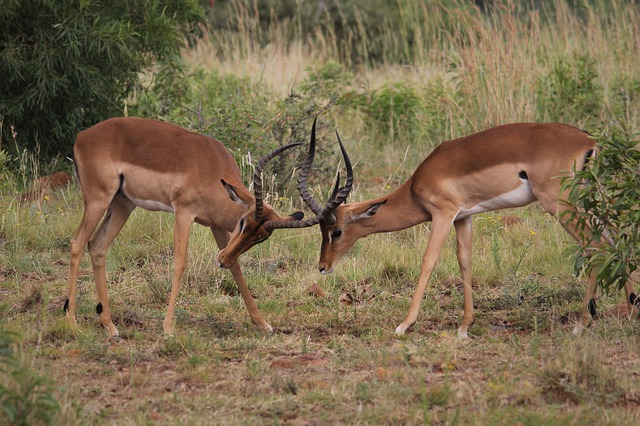
Shape
As mentioned earlier, antlers take on branch-like formations, and horns take on two part structures.
In species such as the reindeer, the branches in the antler may be more intricate and have a larger span.
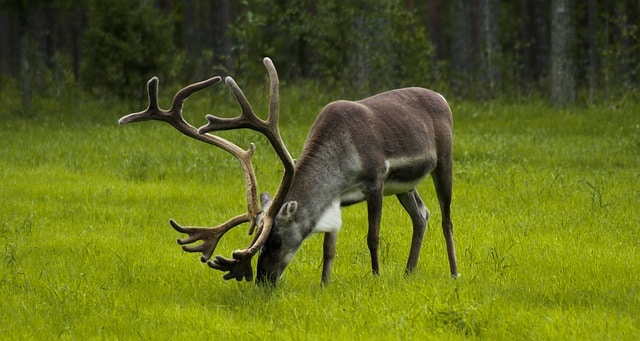
Horns take on different shapes and in some species, like in the pronghorn antelope, animals may even have branched horns.
Other than that you can observe short horns that go upwards, spiraling horns, and thick horns facing a downward direction.
Material
The biggest difference observed when comparing antler vs horn is their material and genetic makeup.
After reading this, take a look at some photos of reindeer antlers and then compare them to photos of goat horns.
You will be able to spot the difference right away.
Antlers are covered with soft, spongy, velvet on the outside and sport blood, nutrients, and spongy bone marrow on the inside.
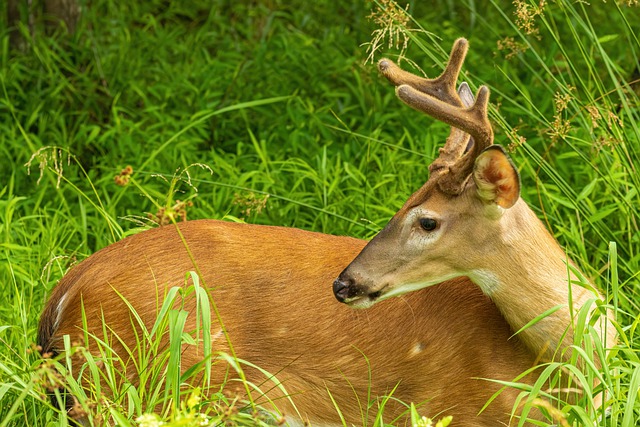
Right before the annual rutting season, deer antlers shed their velvet to reveal a thick enamel and prepare for battle. But this only lasts for a small period of time. The entire antler quickly sheds off after mating season, and the growth cycle begins anew, with many deer species growing larger antlers in subsequent years.
Horns are completely different in every aspect. Internally, antlers have hormones, blood, and nutrients to facilitate and promote growth. Horns, on the other hand, grow through special hair follicles. Really, horns treat growth as an extension of the skull. The exterior is also very different from antlers.
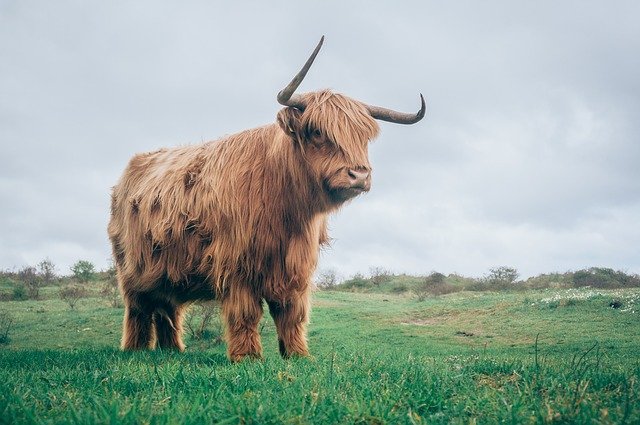
Unlike in antlers, horns are very hard and polished on the outside. This is because rather than velvet, horns are coated in keratin around a hard bone core.
This is the same material that our fingernails are made from, so you can imagine how tough the exterior of a horn is.
Antler vs Horn: Advantages and Disadvantages
While each set of animal headgear is very different, antlers and horns have unique advantages and disadvantages.
Let’s take a look at a few:
Antlers
| Advantages | Disadvantages |
| – Grow back every year. – Often grow bigger with branches, and suggests a higher level of dominance. – Velvet material shedding has a higher appeal in mating. – Used to spar with other male animals. | – Break off easily. – Are only in its prime for a select portion of the year. – Not as effective in fighting off prey. |
Horns
| Advantages | Disadvantages |
| – Grow continuously. – Hard exterior to fight off predators and defend territory. – Hardness makes them more intimidating to predators. | – Take a longer time to grow. – Very painful for animals who are dehorned. – More attractive to hunters. |
Final Thoughts on Our Horn vs Antler Comparison
After reading this guide, you can now see that when you compare antlers vs horns, each is actually incredibly different from the other for a number of reasons.
In short:
- Antlers and horns are exclusive to certain animal families.
- They are different in their purpose, shape, and genetic makeup, and
- They look and feel very different from one another once if you take a closer look.
Having a basic understanding of the different terminologies and parts of animals gives you a broader knowledge range when dealing with the two.
So next time you are on an animal sighting adventure, on a hunt, dominating trivia night, or just enjoying the wilderness … you will now be able to tell the difference between horns and antlers.

